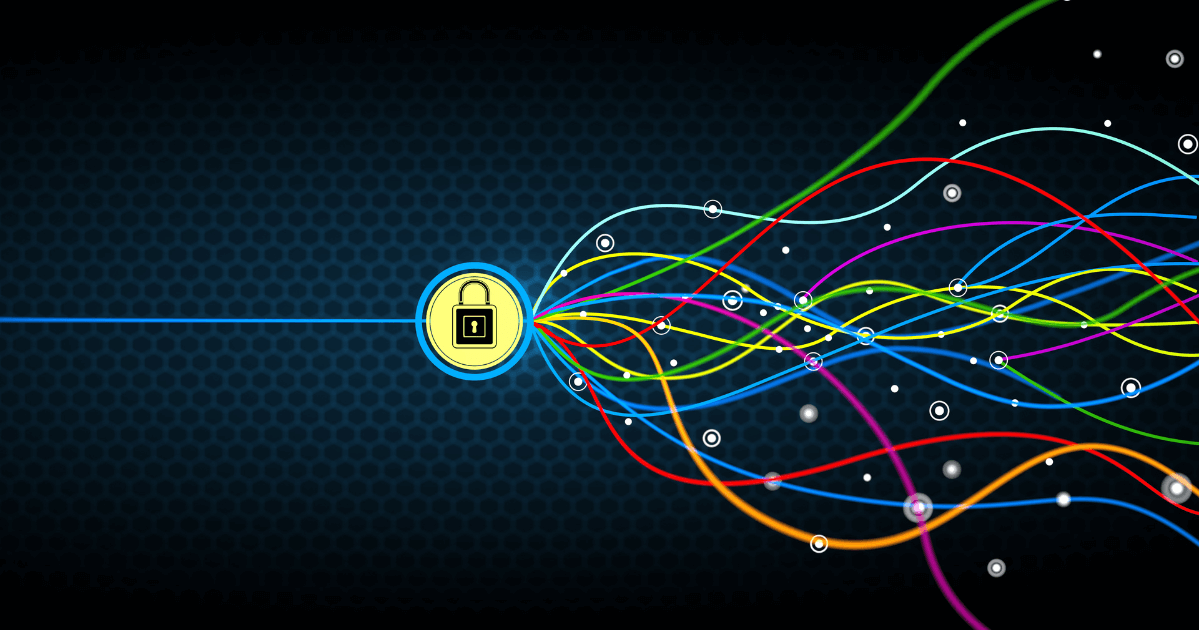Tired of identity management headaches?
In the rapidly evolving landscape of cybersecurity, understanding and effectively managing Identity Governance and Administration (IGA) is crucial. Yet, many organizations struggle to pinpoint the tangible benefits and outcomes associated with robust IGA practices. To bridge this gap, we need to focus on measurable metrics that clearly communicate the value of IGA in terms of operational efficiency, risk management, and compliance.

Determining the maturity of your IGA implementation involves evaluating several key aspects of your identity management processes. Here are five critical metrics to assess:
To effectively use these metrics:
Elevating the maturity of your IGA practices is not just about enhancing security; it’s about transforming identity governance from a backend necessity to a strategic asset that drives organizational efficiency and growth. By applying these metrics, organizations can gain clearer insights into their IGA practices, leading to better decision-making and more effective resource allocation.
Embrace these insights to enhance your IGA strategy, ensuring your organization remains secure, compliant, and efficient in managing identities.
Ready to simplify the complex?
Share on Social Media
If you find it useful, feel free to share it with your network!

Soffid IAM adapts to the specific needs of each sector, providing customized solutions that enhance productivity and digital security.
Discover here how our solutions can transform your industry.
Take a look at these related articles to keep learning about how Soffid can help you simplify identity management and increase efficiency in your organization.
Learn how Identity and Access Management strengthens security, prevents fraud, and improves user experience in e-commerce and digital business environments with Soffid IAM.
A guide on how advanced IAM solutions enable financial organizations to protect identities, prevent fraud, and maintain compliance without impacting operations.
Discover how CIE Automotive strengthened security, regulatory compliance, and operational efficiency across its industrial plants with a centralized IAM strategy powered by Soffid.
Learn how Identity and Access Management strengthens security, prevents fraud, and improves user experience in e-commerce and digital business environments with Soffid IAM.
A guide on how advanced IAM solutions enable financial organizations to protect identities, prevent fraud, and maintain compliance without impacting operations.
Discover how CIE Automotive strengthened security, regulatory compliance, and operational efficiency across its industrial plants with a centralized IAM strategy powered by Soffid.
From November 25–27, the 19th STIC CCN-CERT Conference brings the cybersecurity community together in Madrid. Soffid IAM, sponsor of the Coffee Corners, drives networking, the IAM Quiz…
The General Intervention Board of the Spanish State Administration (IGAE) joins the growing network of public institutions that trust Soffid IAM to strengthen their cybersecurity strategy…
In the world of cybersecurity, small mistakes can lead to big consequences. And when it comes to identity management…
Subscribe to our newsletter to receive updates on the latest trends in cybersecurity and identity management.